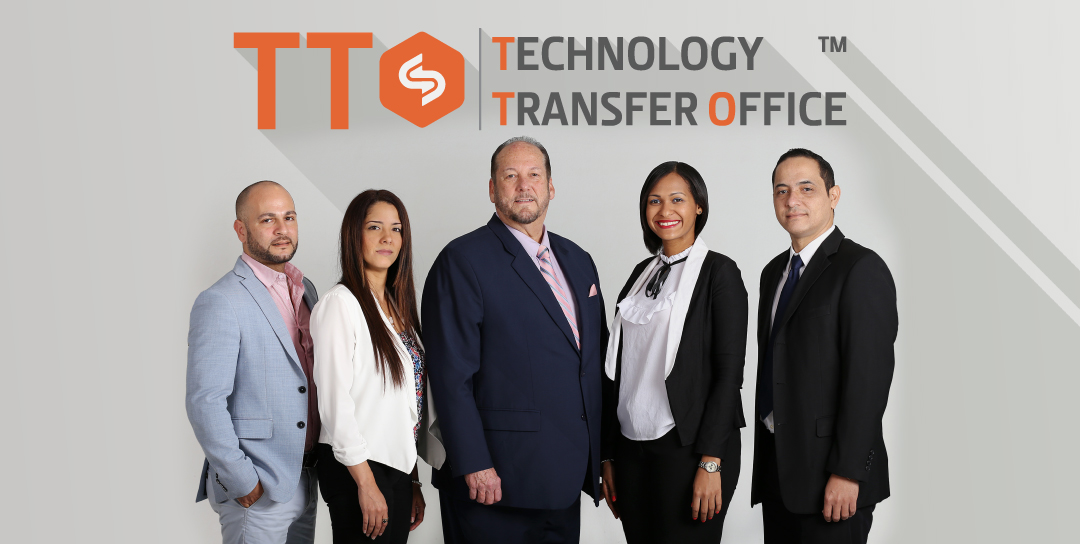Looking Back, Looking at Today, and Pa’lante!
By David L. Gulley, PhD, RTTP, CLP
Director, Technology Transfer Office
Puerto Rico’s technology transfer inputs and outputs have been meager since Bayh-Dole became law in 1980, even though Puerto Rico’s universities received federal research grant support. We launched the TTO in 2016 to leverage the $125 million in annual research at our universities. The TTO was designed to identify and evaluate research discoveries, protect IP by investing in high-quality patents, market and license the technologies, and manage all aspects of tech transfer for our partner institutions. Managing IP from multiple institutions makes us one of the very few “regional” TTOs in the world. Our first partner was the Ponce Health Sciences University/Ponce Research Institute in 2016, the University of Puerto Rico followed in 2017, Ana G. Mendez University System joined in 2018, and the Universidad Central del Caribe joined in 2019.
Looking at Today
Over the past 20 years the definition of technology transfer has expanded. Today’s technology transfer professionals are responsible for a wider array of duties including corporate engagement, internal development of inventions, new company formation, and overall economic development. Our profession continues to evolve, and we will evolve with it. In fact, in 2010 I was named as the AUTM (Association of University Technology Managers) representative to partner with a UK association and a pan-European association under the Alliance for Technology Transfer Professionals. Through that Alliance a new peer-recognized credential was developed to account for the variations and expansion of tech transfer around the world – the RTTP (Registered Technology Transfer Professional). Now the Alliance includes 14 tech transfer associations representing 39 countries.
In the US, as the thousands of license agreements executed by TTOs mature, they are likely to continue to yield several hundred new products each year, over a thousand start-up companies annually and the many jobs created through those newly formed companies. An increase in the number of licensed products on the market means an increase in the billions of dollars in sales revenue along with the creation of new companies, therefore stimulating investment in academic inventions.
US universities are recognized as economic development engines by their cities, regions, and states because they produce outstanding graduates, conduct ground-breaking research, and promote and support innovation. In fact, you’ll likely find most research universities have a mission statement that incorporates all of those activities. By recognizing and supporting this broader mission these universities can attract and retain high-quality faculty, funding, and recognition from their stakeholders.
Pa’lante
There are nearly 400 TTOs in the US housed within individual universities, and there are 1,000’s of TTOs around the world. We’re unique, and our model is both pragmatic and efficient. With university partners committed to innovation and economic development, researchers with more knowledge of IP and tech transfer, adequate funding to engage IP experts, and professional technology managers and staff, we will increase the pipeline of disclosures and opportunities to support and benefit our university partners, inventors, industry, the economy, and the public.


